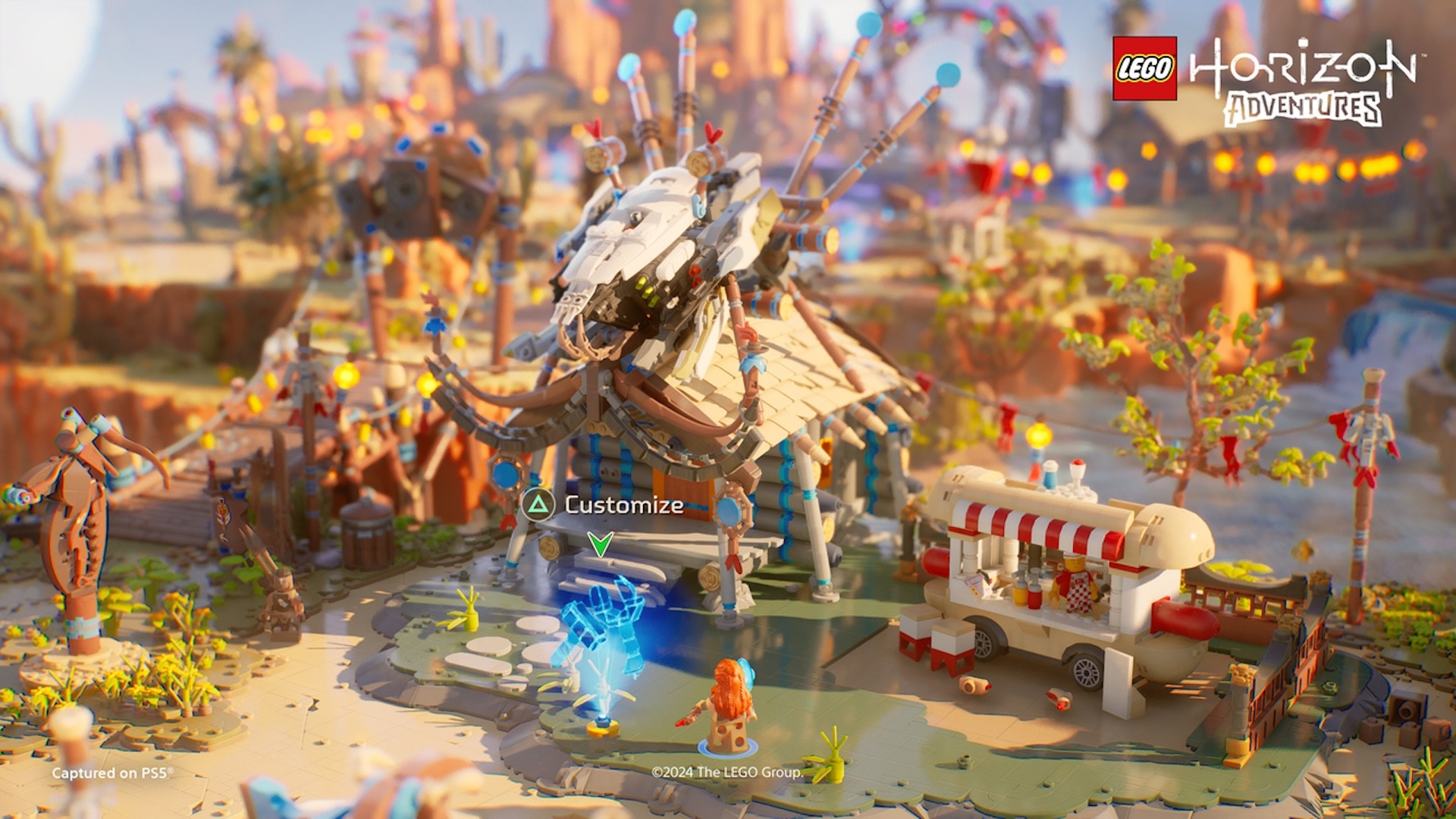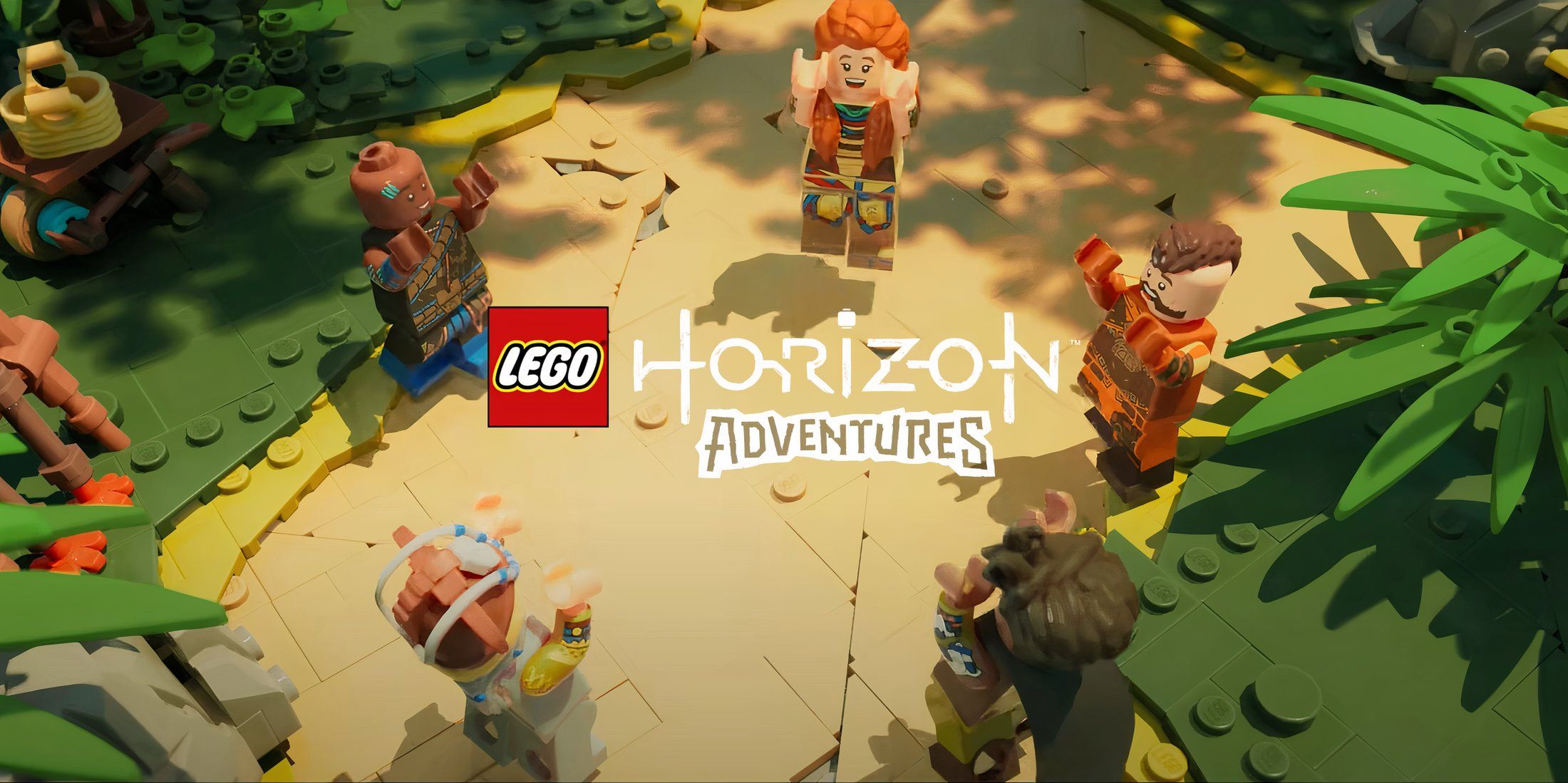In recent years, Horizon has become increasingly significant for Sony and PlayStation. Given the impressive sales figures—32.7 million copies sold across two episodes in just six years, including 24 million for the first episode and approximately 9 million for the second—the decision to invest further is understandable. This investment includes expanding Horizon projects in various directions: a VR game was recently released, a multiplayer version is under development, there’s a planned TV series on Netflix pending the appointment of a new showrunner, and it’s likely that work has commenced on Horizon 3 at Guerrilla Games. Additionally, LEGO Horizon Adventures, a side project that emerged unexpectedly, showcases Sony’s intent to expand the franchise’s audience. However, adapting the post-apocalyptic universe of Horizon to fit the joyful and whimsical world of LEGO to attract younger players might be seen as an initial misstep.
No Horizon, No Lego
Another significant issue with LEGO Horizon Adventures is its gameplay, which also takes a wrong turn. When mentioning LEGO games, one naturally expects a lot, especially in content, which isn’t really the case with this particular game. Only 4 playable characters compared to 300 in some LEGO games, around 6-8 hours to finish the game instead of 20 hours for others, no puzzles or usual enigmas, no content that encourages replaying once the adventure is over, rushed cutscenes often reduced to dialogue exchanges revealing an often unbearable Aloy; it’s clear this game was rushed. Reading between the lines, one can discern that the project started in 2022, just after the release of the LEGO Grand Canyon set from Horizon, meaning the game had less than two years of development, which is evidently too short to deliver a proper LEGO game.
Another notable strength of LEGO games is the variety in gameplay, offering combat, platforming, exploration, and unconventional sequences according to the licenses used, such as shooting sequences on vehicles in LEGO Star Wars games. In this instance, however, we encounter a much more linear game, with a basic structure that repeats throughout the approximately 7-8 hours needed to complete the adventure. The game begins with straightforward platforming sequences, opening chests, collecting loot, and descending via zip lines into arenas where mechanical beasts await. Combat encounters are not particularly challenging, especially in cooperative play, and players progress through the 24 levels without facing significant difficulties, repeating this cycle repeatedly.
There are a few moments of respite that involve passing through the village known as Cœur de la Mère, which serves as a hub for changing one’s mind. However, aside from constructing buildings to decorate them, there isn’t much else to do. The most interesting aspect remains the character customization module at the tailor, where players can mix genders, but even then, LEGO Horizon Adventures falls short of expectations. Characters from Horizon can be dressed with elements from LEGO City or Ninjago licenses, making it unique in terms of cross-licensing matters.
Horizon, a successful PlayStation franchise by Sony with over 32.7 million copies sold, is being expanded into various projects including VR games, multiplayer games, a Netflix TV series, and likely Horizon 3. Unexpectedly, LEGO Horizon Adventures was also released to attract younger players with the post-apocalyptic Horizon universe adapted to the lighter LEGO world. However, this decision has been criticized as rushed and underdeveloped, featuring only four playable characters, approximately 6-8 hours of gameplay, lacking usual puzzles or replay value, and poorly executed cutscenes. The gameplay itself is linear and unchallenging, focusing on basic platforming, combat, and collection mechanics without the variety found in other LEGO titles. Despite some character customization options, including gender mixing, the game fails to meet expectations for both Horizon fans and LEGO enthusiasts due to its limited content and uninspired execution within two years of development time.
The missteps in LEGO Horizon Adventures are not limited to just one aspect but are also evident in its gameplay, which overly emphasizes combat. While it might be expected for a Horizon-licensed game, Horizon is more than just combat, especially with the second episode that introduced verticality and paragliding. However, focusing solely on confrontations reveals that the original Horizon games offer genuine depth and progression in what Aloy can accomplish, something entirely missing in this LEGO adaptation. Here, gameplay revolves around identifying machine weak points using Aloy’s focus and shooting from a distance with arrows. Essentially, combat is minimalistic; there is no melee or evasive rolls to dodge attacks, and Aloy’s abilities do not evolve beyond a few bonus attacks that appear sporadically. This lack of variety and depth in combat makes progression monotonous and tedious, particularly as levels are completed without much enthusiasm. To experience different gameplay, one must switch between the other three characters, each offering a unique combat style; however, character selection is rather unremarkable and does not extend beyond Horizon’s lore.
To defend itself against criticism, LEGO Horizon Adventures can rely on its visually stunning plastic models that make it one of the most beautiful LEGO games ever created. Beyond the vibrant colors that accentuate the meticulous recreation of Horizon environments in a Danish brick style, the game features impressive lighting effects with excellent overall light management. This encourages players to appreciate every detail, though the use of stop-motion animations may not appeal to everyone. The developers aimed to create a sense of LEGO pieces coming to life, which they have achieved; however, after approximately 7-8 hours of gameplay, more fluid and flexible animations would be preferable for some players. This is a matter of personal preference…
Have any thoughts?
Share your reaction or leave a quick response — we’d love to hear what you think!

